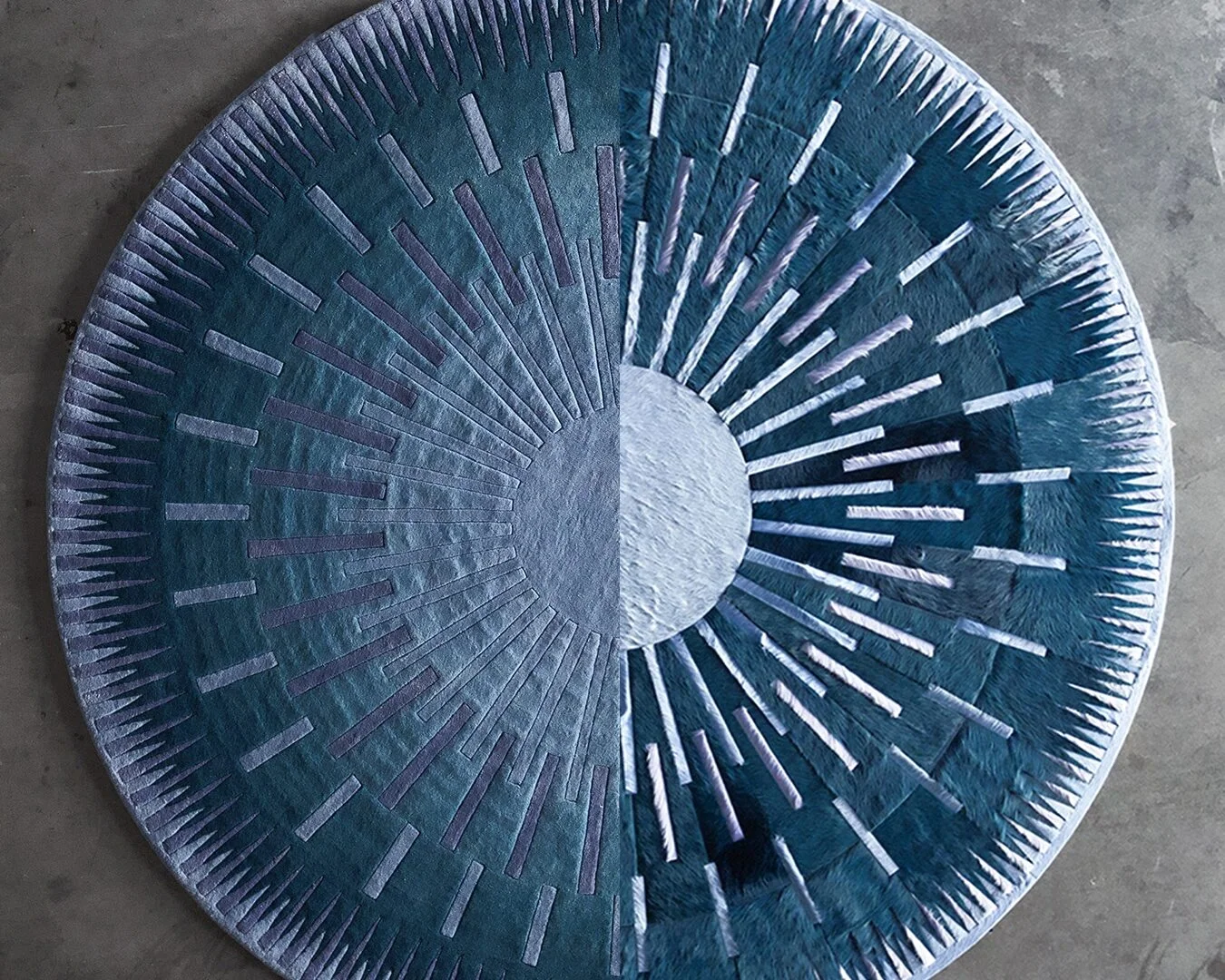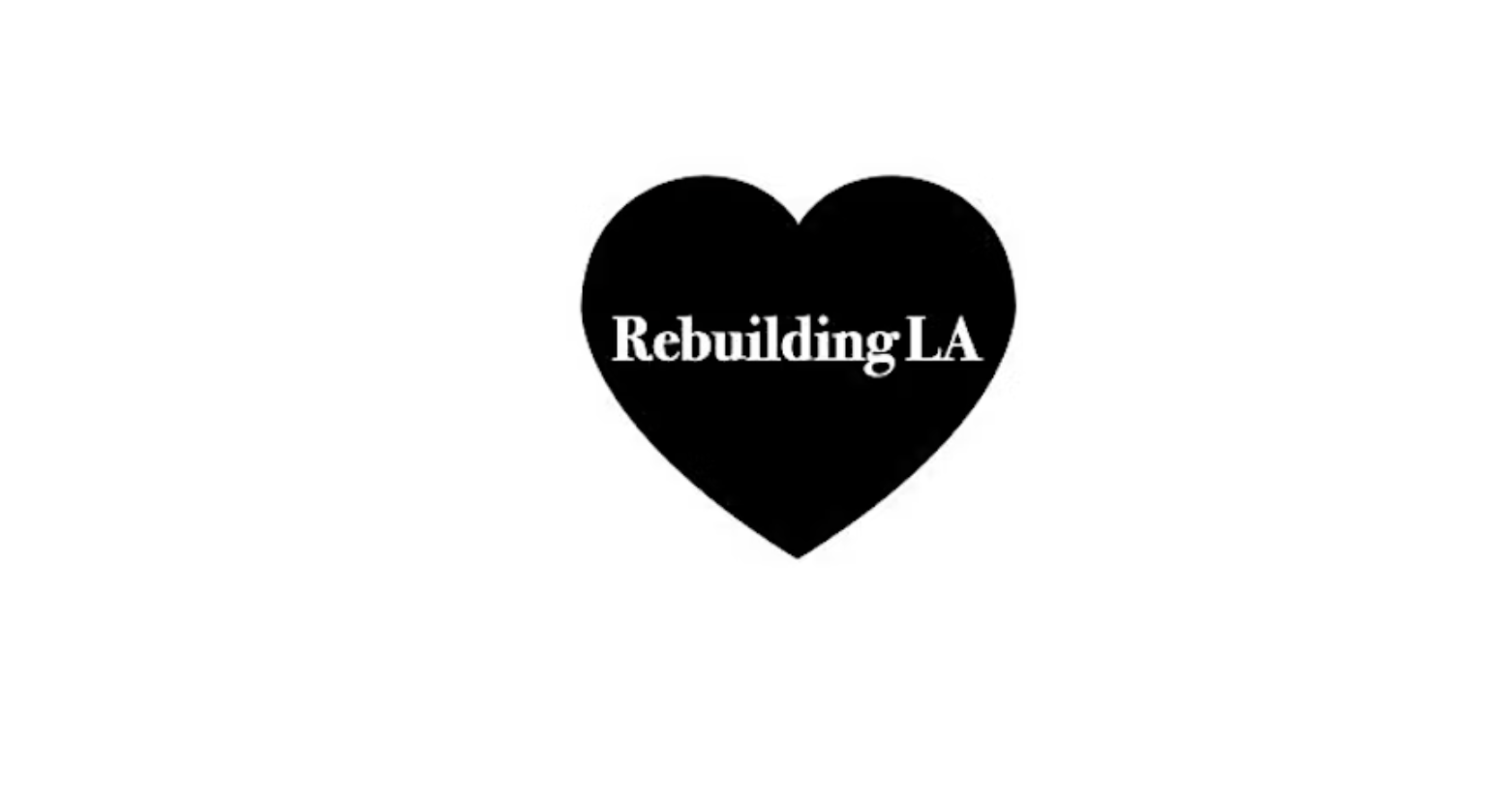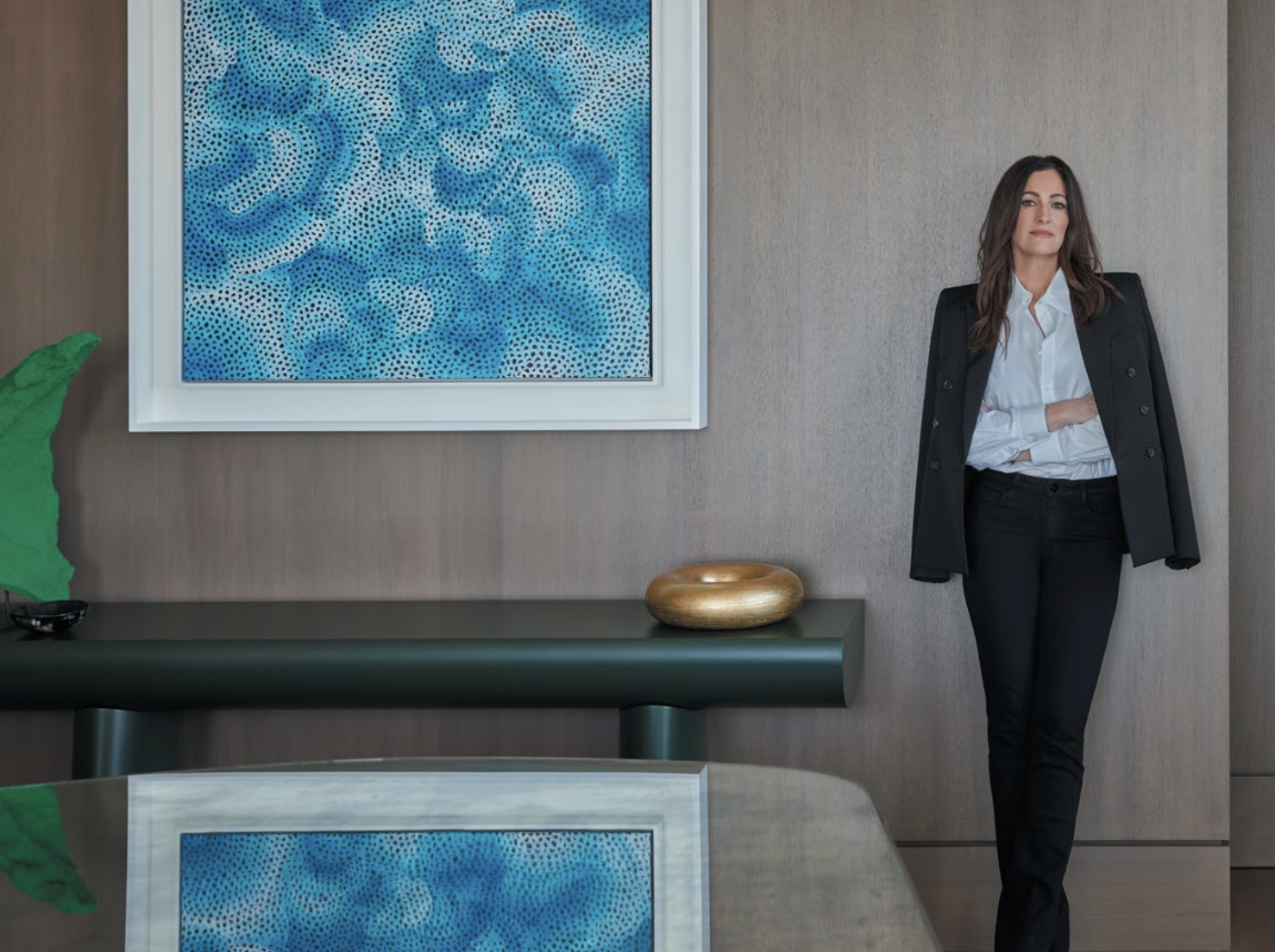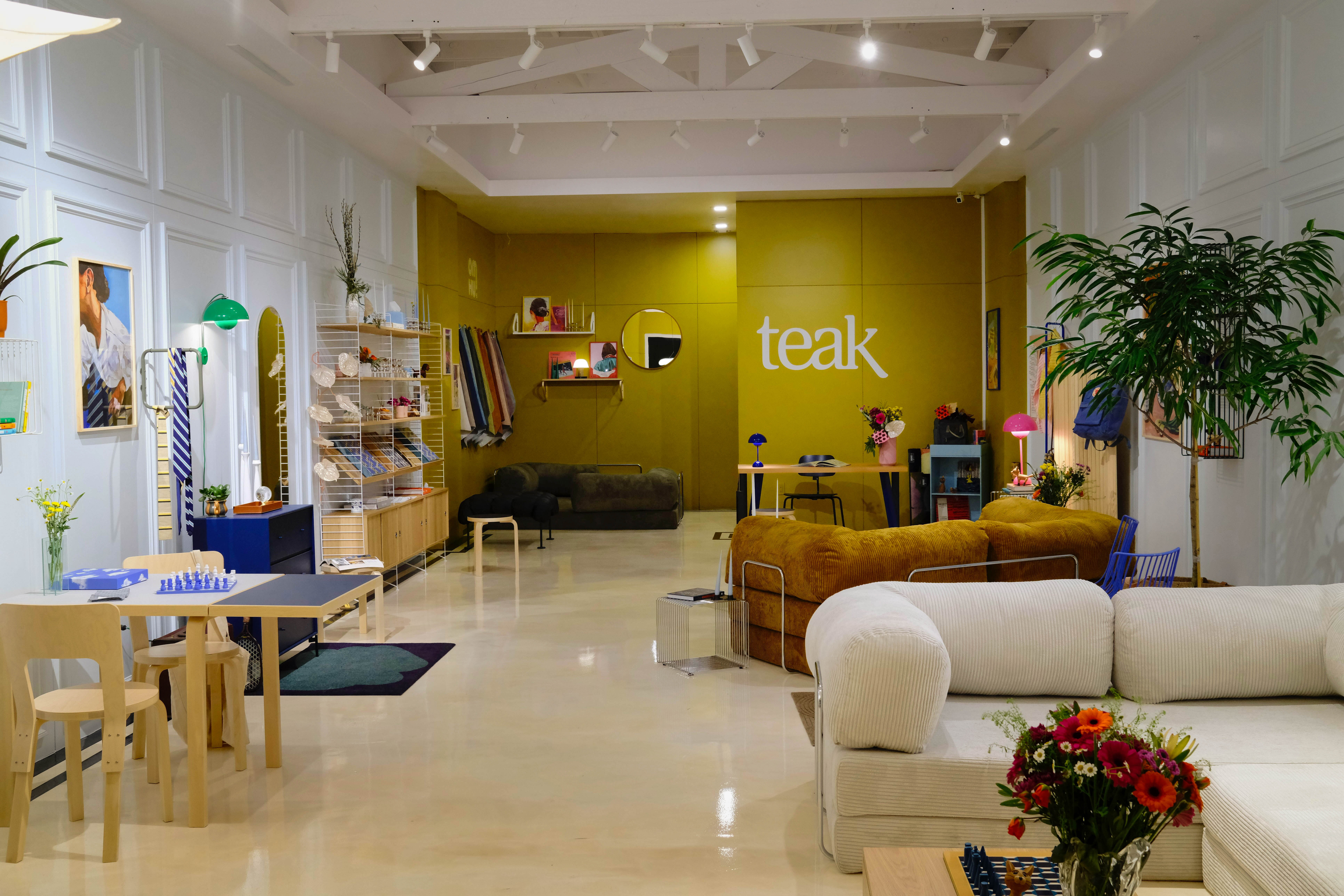Designer Crush: Studio Ahead
Author:Lindsey ShookBay Area-based design firm Studio Ahead has a clear vision: “embrace interior design as an untapped platform for local Northern California artists and maker collaboration, not as theatre but rather, an organic expression of heritage in all forms.” Founders Homan Rajai and Elena Dendiberia are embracing their blend of Persian, Russian, Kenyan and Mexican heritage to formulate a new design identity for San Francisco. Their enlightened philosophy is cemented in their collective desire to respect the many aspects of the region’s diversity through thoughtful, custom design. Here, Rajai and Dendberia peel back more layers of their multicultural approach to design.
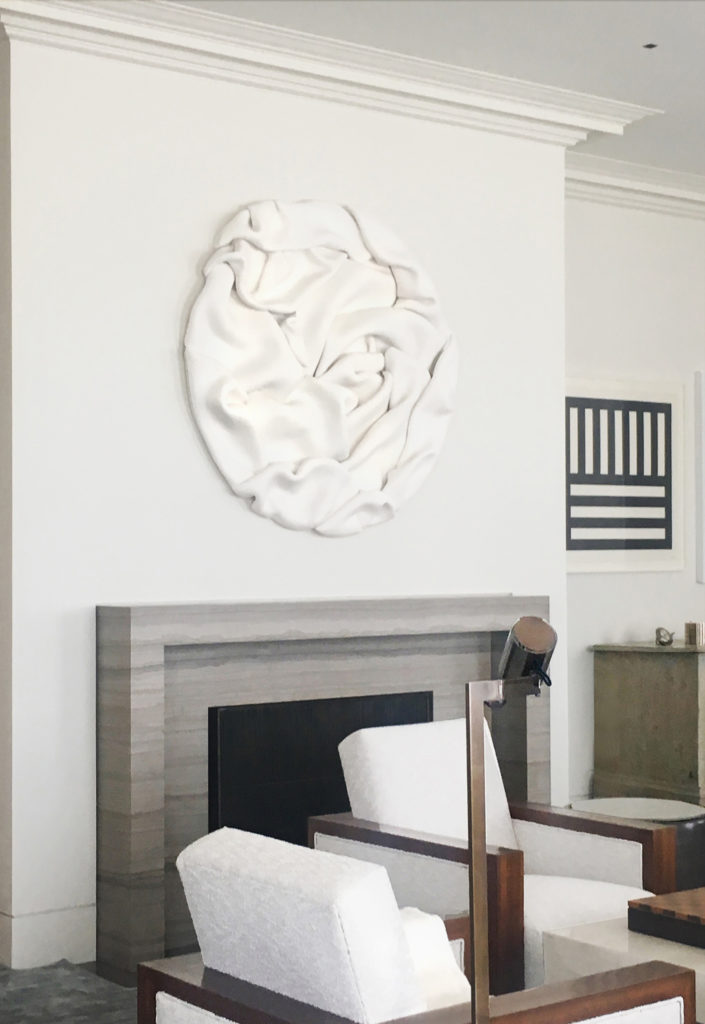
–How does your global upbringing shape your design perspective?
Homan Rajai: We are creating intimate spaces that people live in. I am Persian and have lived abroad in Kenya and Mexico. Elena comes from a Russian background. We know not to make assumptions on how people feel comfortable living. Since we are based in Northern California, we have diverse clients, from South Korea, India, Iran, Russia, the Jewish diaspora, etc. We like to ask very simple questions, for instance: How do you like to sit? A question like that has so many cultural implications and so many design opportunities.
One of our clients from South Korea likes everything low and loves to sit on the floor. We took note of this and designed a custom large-scale coffee table with rounded edges, so that when she sits on the floor cross-legged, she can tuck her legs under comfortably. It’s the right height for her to work, read, eat. It’s one of her favorite features in the space we designed. Last time we visited her, we were happy to see she was doing a ceramic project on the coffee table. That’s success to us!
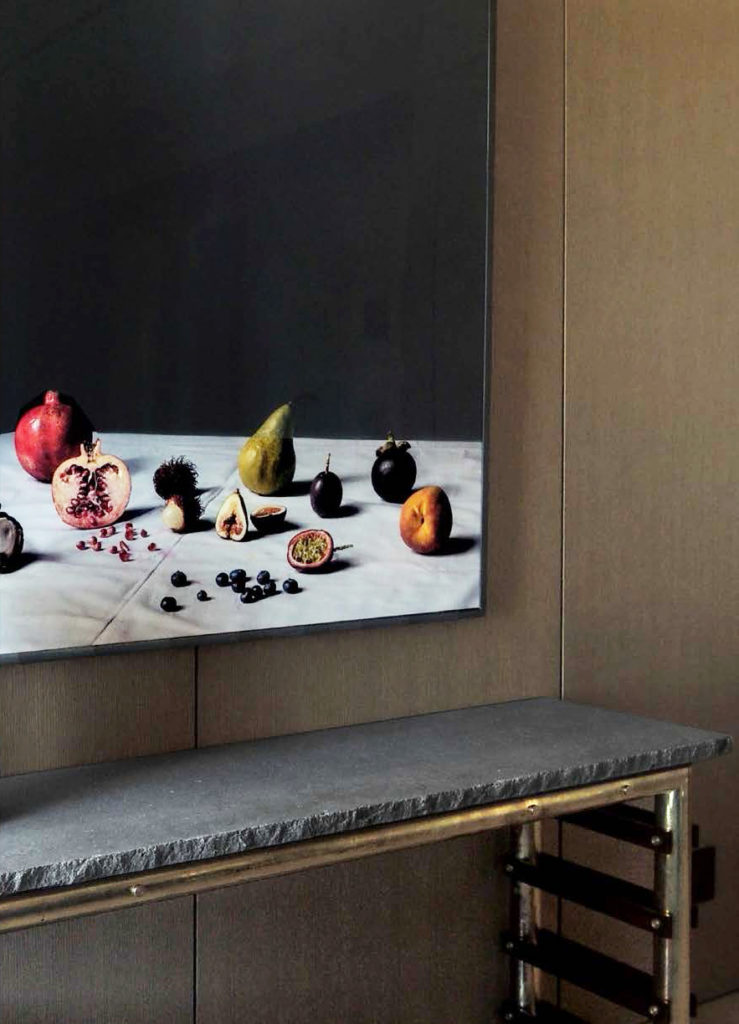
–Do you focus more on the fashion of design or function when curating a project?
Homan Rajai: We live in a very ‘efficient’ culture in the Bay Area, in which people have a task and then set out to complete it as quickly and efficiently as possible. That’s great, but we often ask our clients to take a step back from the end goal, from the completed design, to let us get to know them. The result is a home that serves its functions, but also hopefully reminds them of moments when they’ve felt something special, a place that conjures positive emotions and memories, and ideally a space designed for making new ones as well.
I like this quote from Joseph Campbell’s The Power of Myth: “People say that what we’re all seeking is meaning in life. I don’t think that’s what we’re really seeking. I think that what we’re seeking is an experience of being alive, so that our life experiences on the purely physical plane will have resources within our own innermost being and reality, so that we actually feel the rapture of being alive.”
Elena Dendiberia: I’d say we focus on the narrative, which is ultimately a combination of both components. Narrative is what gives a space or object a personality. I don’t think there’s a universal idea of functionality that works for everyone. We practice a very personal approach to design, one in which form and function both reflect the personality of a particular place and person. In general, society tends to focus on efficiency and productivity. But I think people are starting to realize that the most functional and efficient things don’t necessarily connect to our emotional needs. There is no point in designing something that is purely “functional” if it is emotionally void or uninspiring to the people using it.
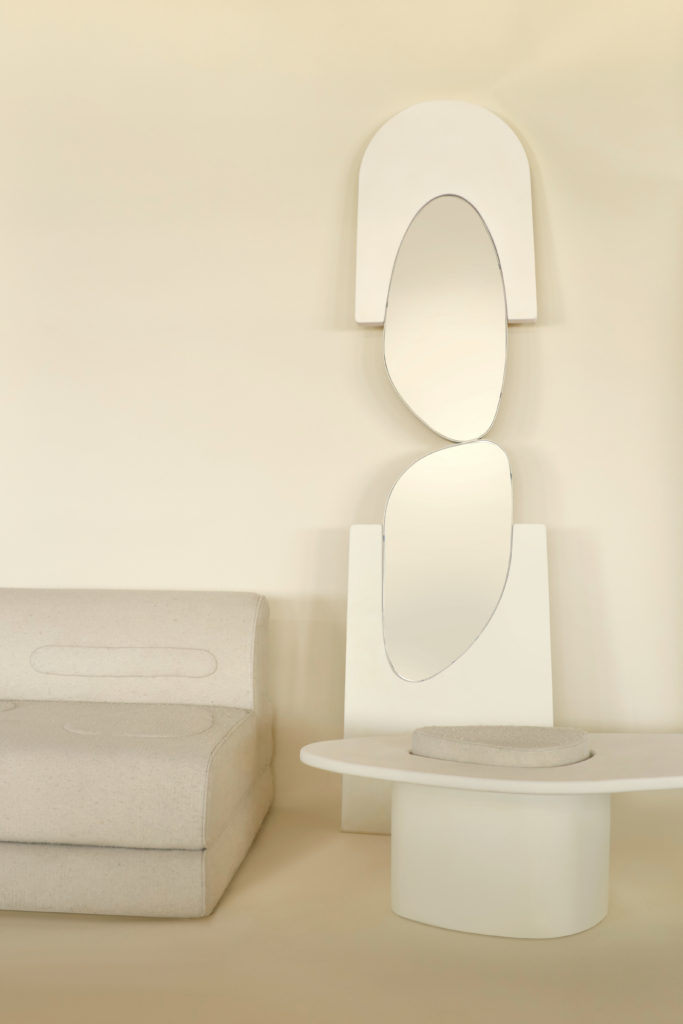
–Which other designers or creatives inspired your partnership the most?
Homan Rajai: The artists and artisans we work with. We love learning about them, learning from them, seeing how they work, what processes and techniques they are messing with. Elena and I are both deeply curious, and we make it a point to do studio visits because that’s when we feel most inspired and alive.
Our ongoing collaboration with wool artisan Jessica Switzer is one such highlight. We love going to her studio in Sebastopol to learn about her loom (which she named Luna), and then visiting her home and her sheep. Our collaboration together has taught us so much. Because of her, we began experimenting with wool, and that’s how we created the fabric for the sheep lounge chair and our sheep tapestry.
Elena Dendiberia: Jessica Switzer is our absolute fairy angel. Even at the beginning of our collaboration, she was going all in with our ideas, often elevating them to a new level with her craft. I think one of the main principles of successful collaboration is a mutual desire to learn from each others’ expertise and be open to stepping outside of how things are done conventionally. What started, a year ago, as a collaboration on custom fabric has now turned into several bespoke pieces in our product line.
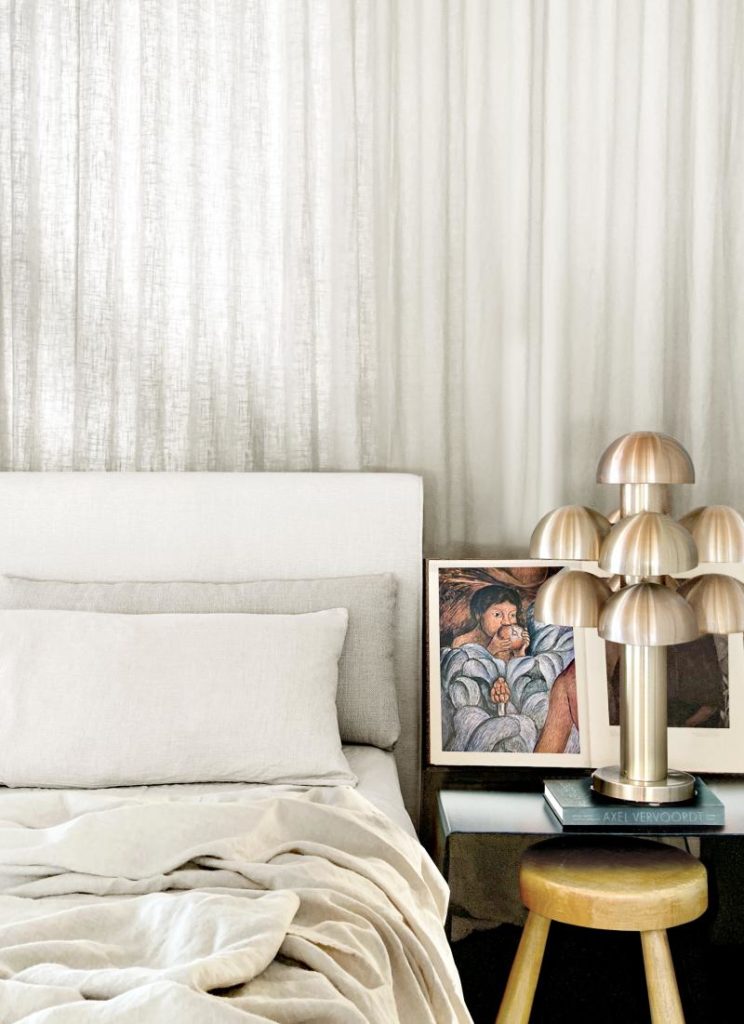
–Which artisans/decorative artists are you currently obsessed with?
Homan Rajai: The artists here in Northern California: Ido Yoshimoto in Inverness, Jessie Schlesinger, Jessica Switzer, Linda Fahey in Pacifica. They all work with humble Californian materials like wood, wool, and ceramic. They live in forests and beaches in some the most beautiful parts of Northern California. Their work is a representation of what we love about this area. These artists’ lifestyles are to us the epitome of Northern California. The lives they lead are represented in their work.
Elena Dendiberia: I have a deep admiration for what Emily Adams Bode and Aaron Aujla of Green River Project are doing as a creative tandem. I resonate with their holistic, research-driven practice that brings traditional craft to the frontier of contemporary fashion and design. I think there is always more to designing than just creating yet-another object. The question is what can we do to make a space/object feel special, have narrative, and preserve craftsmanship? I think these guys work exclusively with these concepts in mind.
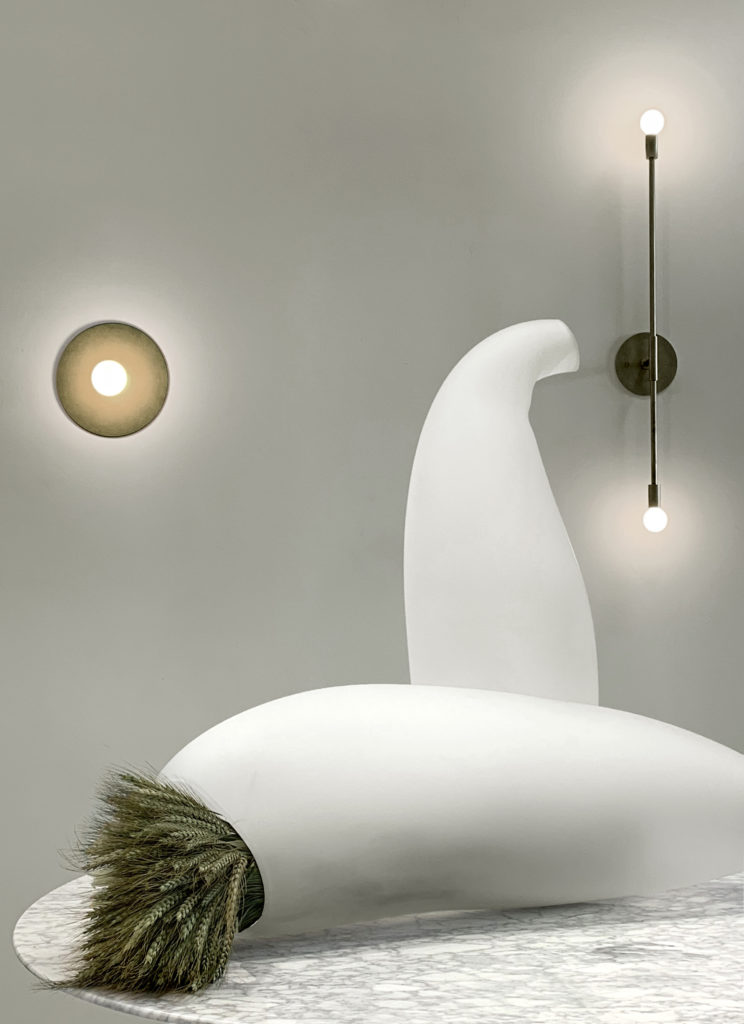
–How do you think the design aesthetic of S.F. is perceived globally versus how it is shifting?
Homan Rajai: San Francisco is weird when it comes to design. On one hand the city is known globally for its innovative and progressive thinking; but when it comes to design, with all due respect, we can be a bit backwards. There is something to be said about the fact that most of the big interior designers to come out of San Francisco recently are Eurocentric in their design point of view. Their design references are not reflective of the city’s rich cultural narratives and natural surroundings. Our work—what we are trying to do with respecting our clients’ diverse cultural backgrounds, and with working with local artisans who represent Northern California—to us feels more reflective of what San Francisco is about today.
Elena Dendiberia: There are certainly some romantic aspects about San Francisco’s identity: Victorian and Spanish architecture, cable cars, hills, the ocean. All these postcard symbols of the city that now coexist with the rapid development of tech companies. At the same time, the market here is very homogenous, both in terms of ethnic diversity and the design product itself. I feel there is a gap between the speed at which the city is growing and innovating in technology versus the lack of innovation and unique concepts in the design approach.
Nonetheless, it is very inspiring how San Francisco attracts great minds from all over the world. It is our challenge as an interior design firm to stay tuned to this new pace of life and technology. I see our studio as a logical response to the new type of client that this city attracts: international, knowledgeable, curious, and passionate. It’s our goal to help them understand the importance of physical space and design process in an area where technology, efficiency and the digital world dominates.
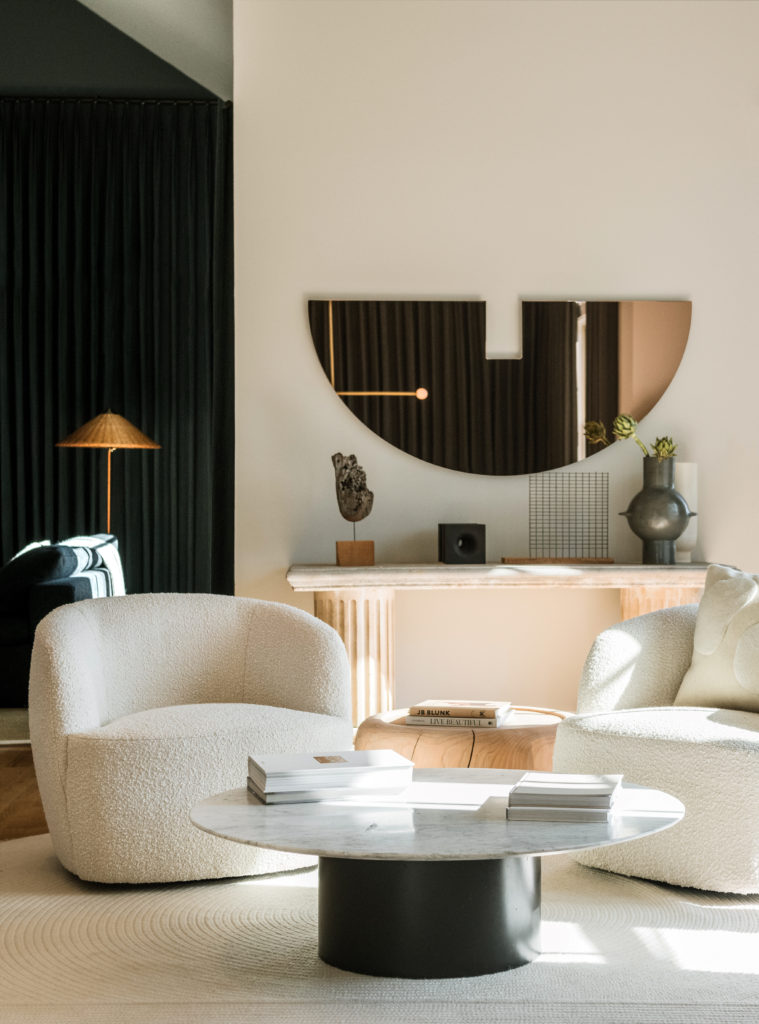
LIGHTNING ROUND!
–Favorite museum in the world? Homan Rajai: The Chichu Art Museum, designed by architect Tadao Ando in Naoshima, Japan. The museum only has three artists: Walter de Maria, James Turrell and Claude Monet.
Elena Dendiberia: TheJewish Museum Berlin by Studio Libeskind.
–Favorite hotel for its design in California? Homan Rajai: Sea Ranch. I’m not a big hotel person in California. I like to stay at my friends’ homes: Shanna’s in Los Altos Hills is a Persian/Romanian palace; Giampiero and Adrien’s in Silver Lake is a mid-century Japanese house surrounded by hills and filled with iconic Italian furniture; Arturo and Alexis’s house in Venice we call “the Bungalito” and is filled with Mexican art and pops of color.
Elena Dendiberia: Post Ranch Inn in Big Sur.
–Who (dead or alive) would you love to design a home for? Homan Rajai: Pedro Almodóvar or my grandma.
Elena Dendiberia: Sergei Parajanov.
–If you could host a dinner for any six people, who would it be? Homan Rajai: People I love and have great memories of from different eras of my life, but who don’t know each other. They would all meet at dinner.
Elena Dendiberia: Elsa Peretti, David Bowie, Saint Nicholas, Daniil Kharms, Eileen Gray, and Rudolph Nureyev
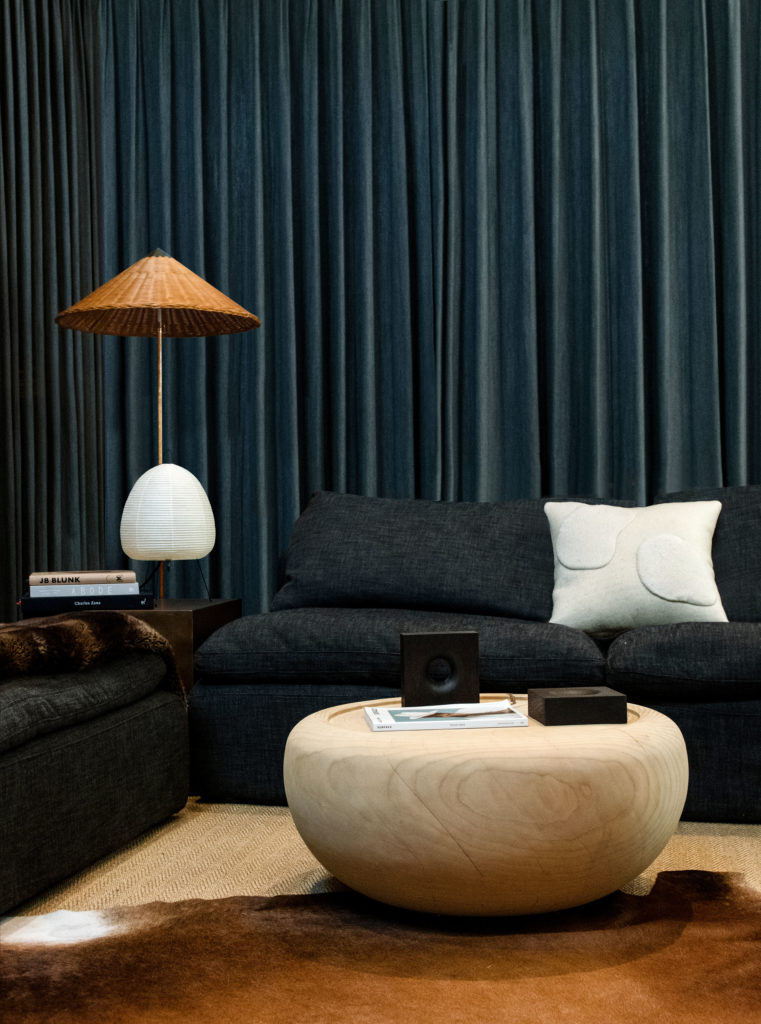
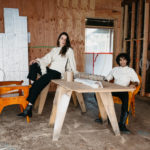
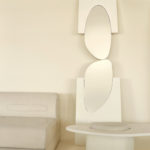




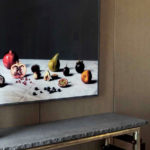

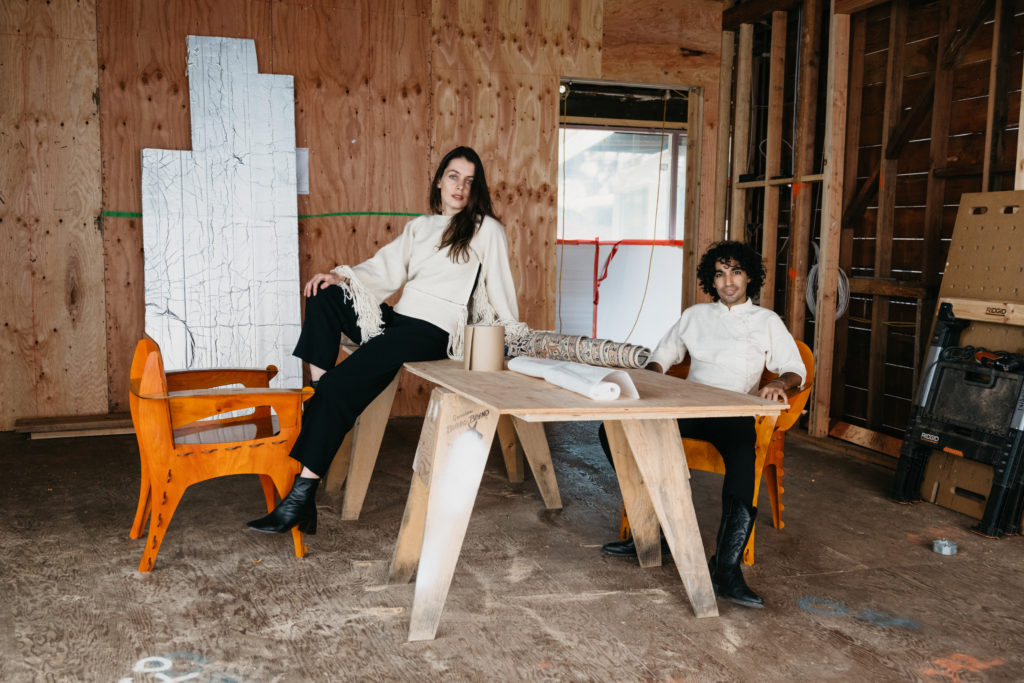 On site of a current project in progress with Marmol Radziner. Photo by Ekaterina Izmestieva.
On site of a current project in progress with Marmol Radziner. Photo by Ekaterina Izmestieva.